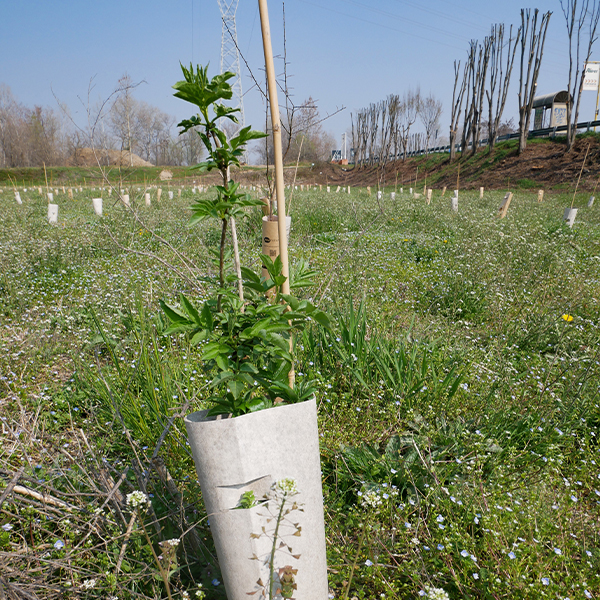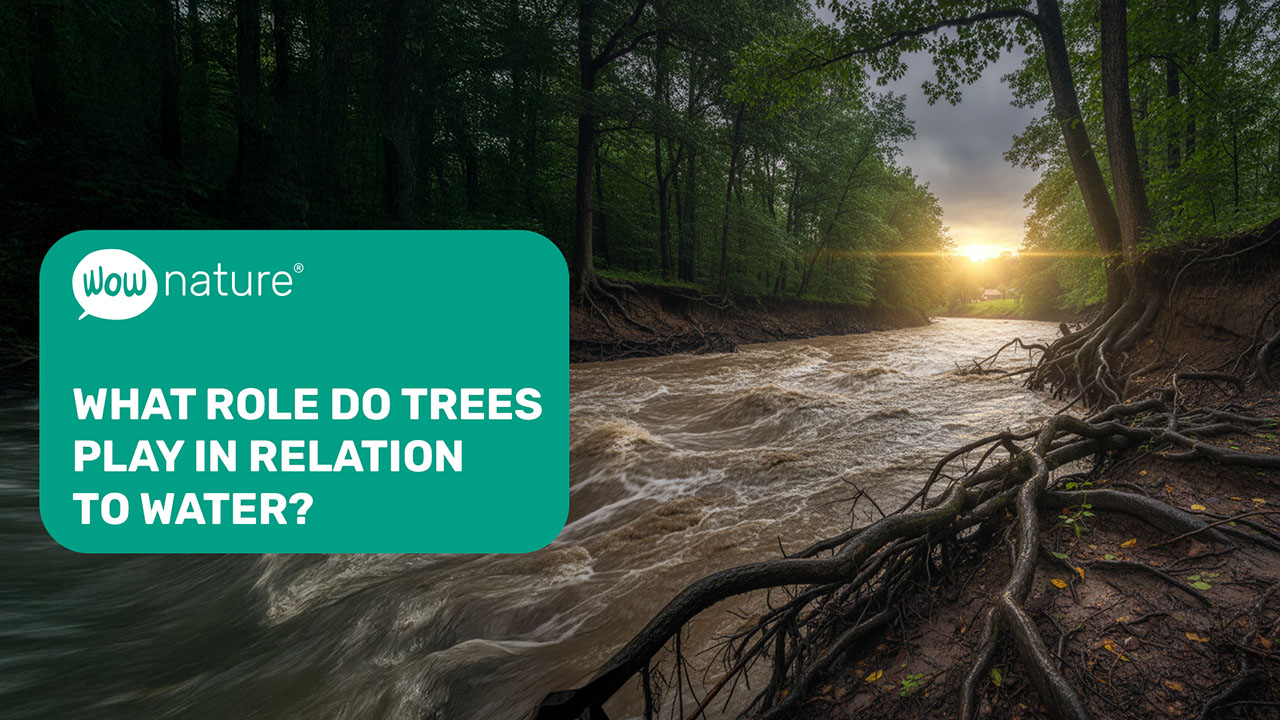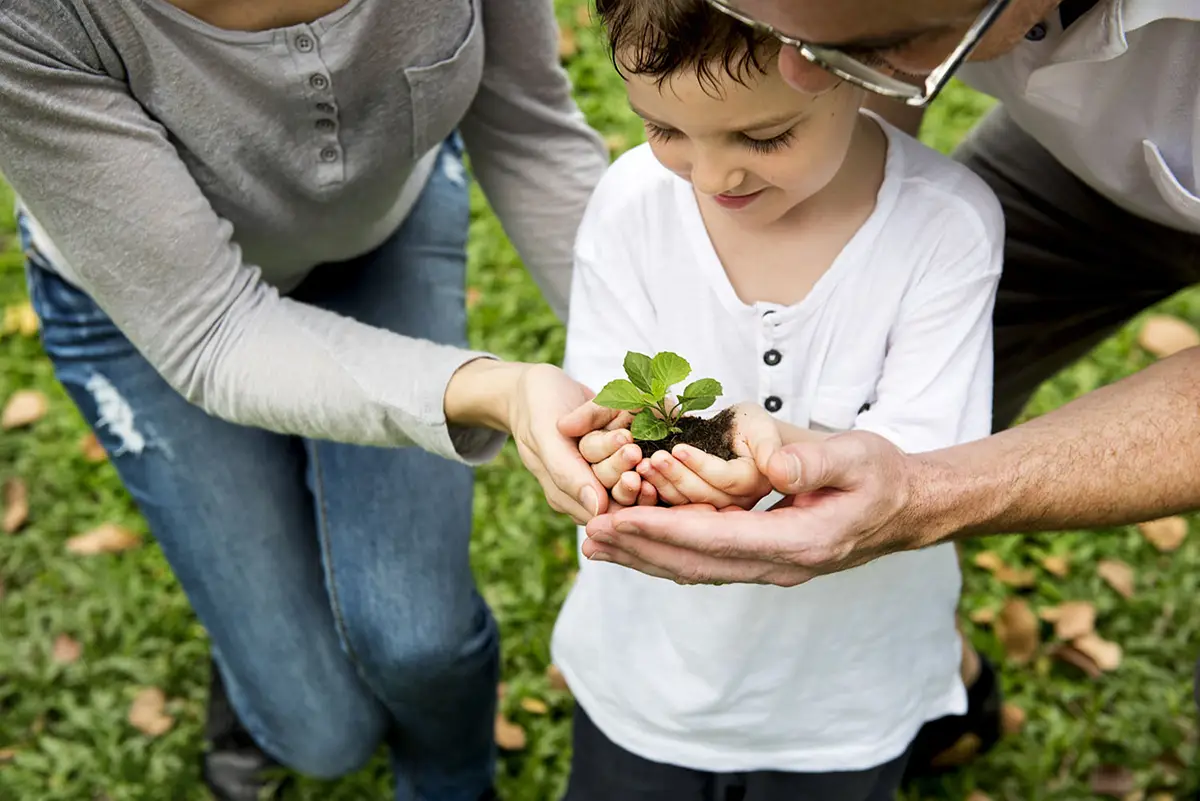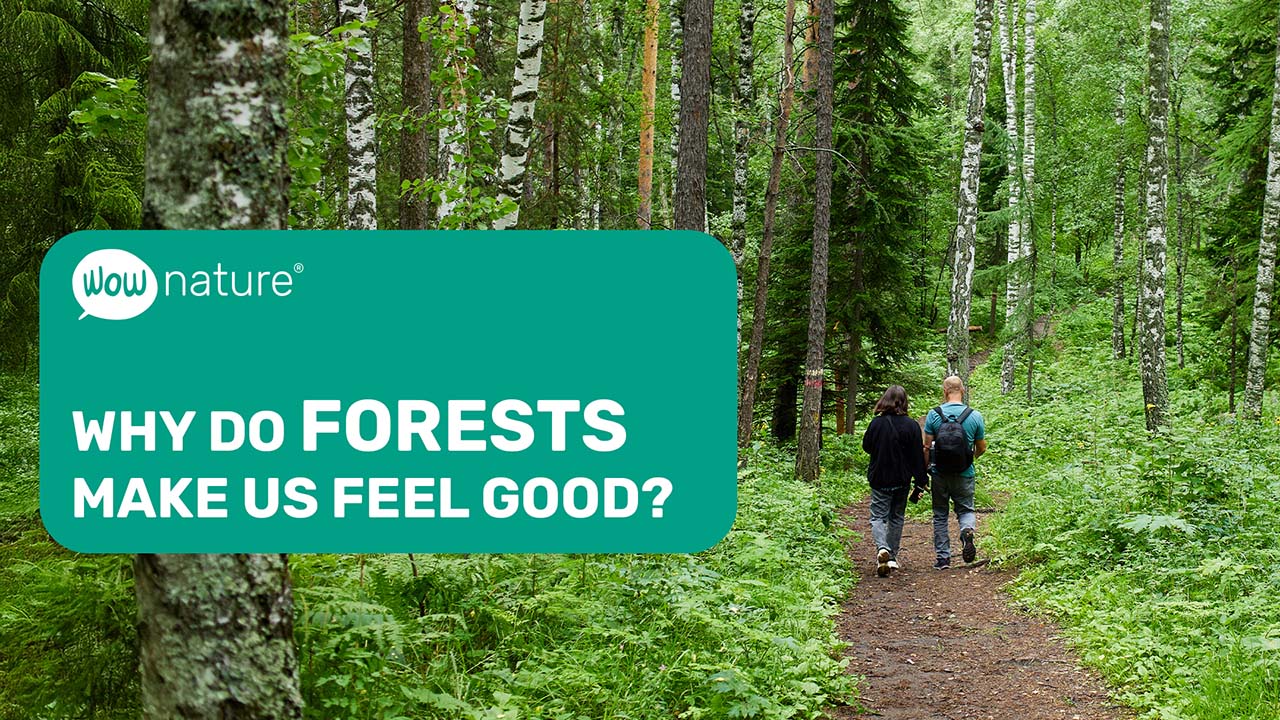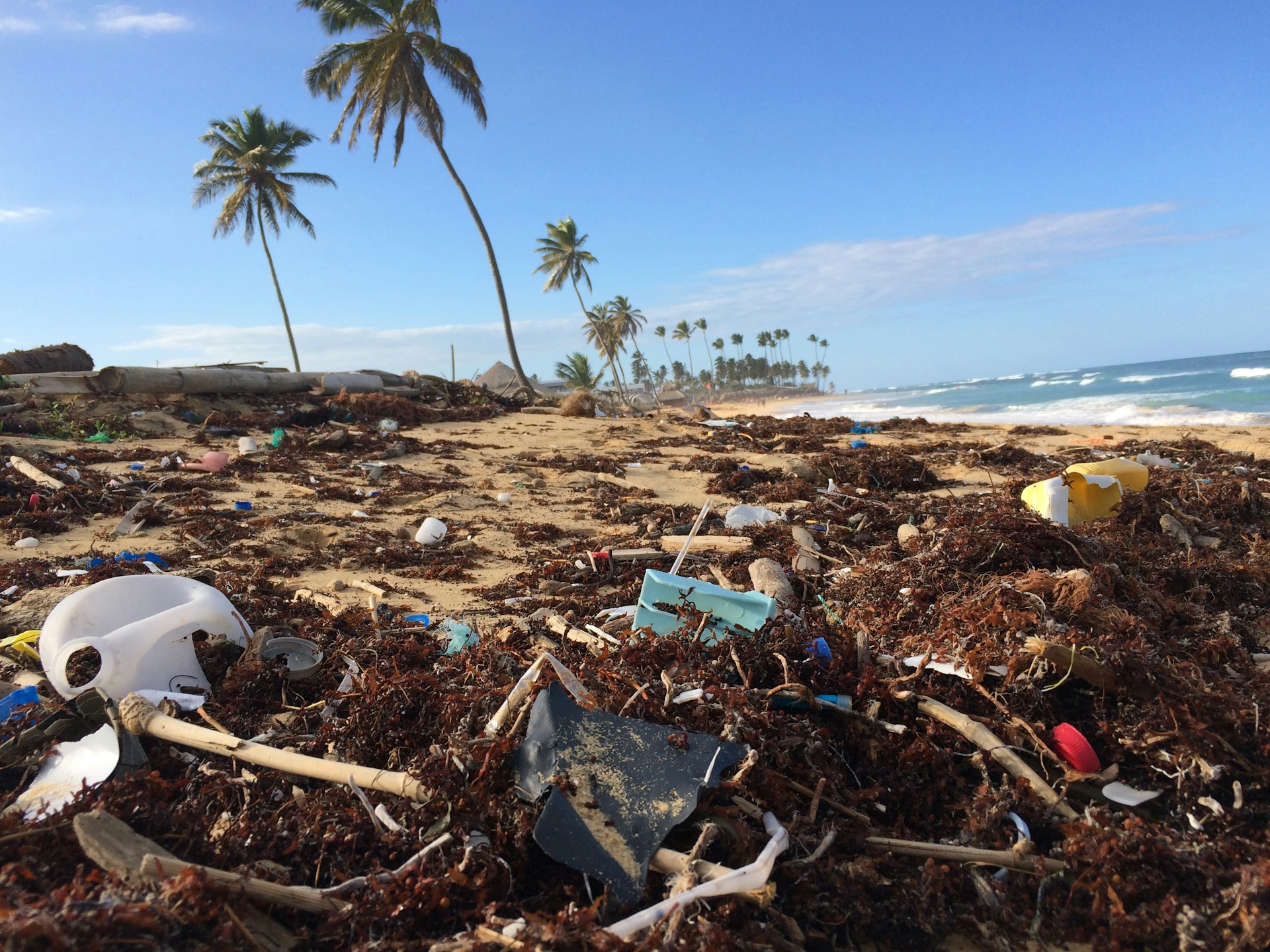
Trees seem simple to us: a trunk, a crown and lots of leaves. Yet they are complex, organised organisms, capable of communicating underground, recording climate history, producing oxygen and supporting entire ecosystems. Let’s find out what a tree is made of — from its roots to its leaves — and why knowing these parts is essential for regenerating forests and choosing the right species to plant.
How do you recognise a tree?
Distinguishing plants is not so easy. In the plant world, species are classified into three broad categories:
- Herbaceous: non-woody stems, usually short (such as flowers in gardens). There are some surprising exceptions: bamboo, despite having a woody stem, is considered herbaceous.
- Shrubs: several thin woody stems growing from the ground, with foliage developing just a few centimetres above the ground. A common example is the hazel tree, which can easily be found in many city parks.
- Trees: a single woody stem, the trunk, which grows upwards and then branches out to form the canopy.
Only by understanding this difference can we truly recognise what surrounds us and choose the right species to plant when regenerating an environment.
Roots: the hidden network that supports everything
Roots are more than just anchors; they absorb water and nutrients, but also act as a centre for communication and exchange.
Symbiosis with soil fungi allows trees to send signals, share resources and help younger or stressed plants. It is a living network that keeps the tree stable and influences the soil’s ability to retain water, a fundamental aspect when considering soil management and protection against hydrogeological instability.
Trunk: support, memory and connections
The trunk is the backbone of the tree. It protects, connects and tells the story of the plant’s past.
Starting from the outside and moving inwards, we can observe the different structures of the tree:
- Bark: a protective shell that defends the tree from external agents such as insects, fungi and climatic variations.
- Phloem (or book): the tissue that transports processed sap, i.e. the sugars produced by the leaves, to the roots and branches that need it.
Cambium: a thin layer that produces new wood towards the inside and new phloem towards the outside every year, allowing the tree to grow in diameter. - Xylem (or wood): carries raw sap, a mixture of water and mineral salts, from the roots to the crown, providing nourishment and hydration.
- Pith: the innermost part, a store of reserve substances useful to the plant, especially in stressful situations or during initial growth.
It is through this complex system that the tree’s vital sap flows. When these flows are interrupted, the tree risks death. This is what is happening in the Dolomites, where spruce trees are attacked by the bark beetle, a small beetle that digs tunnels under the bark to lay its eggs, damaging the phloem and xylem and blocking the passage of sap. The result is the death of entire trees and a significant change in the forest landscape.
Leaves and foliage: energy factories
The foliage is the green heart of the tree, where the main vital functions take place. The leaves, supported by the petiole and organised into a lamina with veins, contain stomata, tiny openings that regulate gas exchange with the environment.
Leaves perform three fundamental functions:
1- Chlorophyll photosynthesis: during the day, leaves transform light, water and carbon dioxide into glucose, an energy-rich sugar that nourishes the tree, releasing oxygen into the air.
2- Transpiration: water is released as vapour through the stomata, helping to regulate the tree’s water balance and create cooler microclimates around the plant.
3- Respiration: at night, the leaves consume oxygen and release carbon dioxide, allowing the cells to perform their vital functions even without photosynthesis.
In cities and towns, the canopy expands its function: in addition to providing shade, it reduces heat islands, improves air quality and increases people’s comfort, demonstrating how essential trees are even in urban ecosystems.
Flowers and fruits: how trees reproduce
Flowers, fruits and seeds are at the heart of tree reproduction. Flowers give rise to fruits, which contain seeds. Many seeds are carried by the wind, animals or water, allowing the tree to colonise areas far from the mother plant.
Fruits do not only have a reproductive function: they are also a valuable food source for birds, insects, mammals and humans. In this way, each tree participates in a wider ecological network, supporting biodiversity and contributing to the health and resilience of the forest.
Why is knowing about trees important for reforestation?
Understanding how a tree is made is essential when it comes to reforestation. Knowing the characteristics of each species allows you to choose the most suitable one for a given context; some are resistant to drought, others can withstand cold climates or wet soils.
In contexts where natural regeneration struggles to restart — due to invasive species, soil degradation or seed scarcity — targeted intervention becomes essential. Planting the right species in the right place means building more resilient forests that can last over time.
Would you like to help us? Adopt a tree, we look forward to seeing you in the forest to plant it together.



